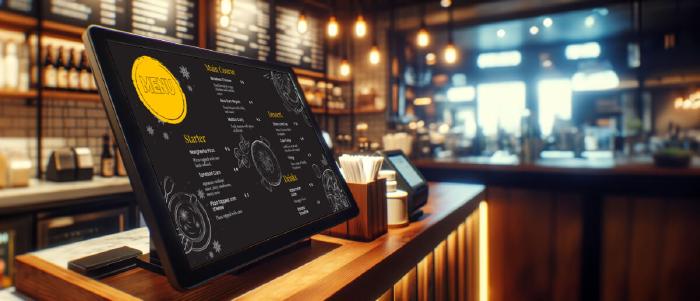
Dec 19 2023
8 min read
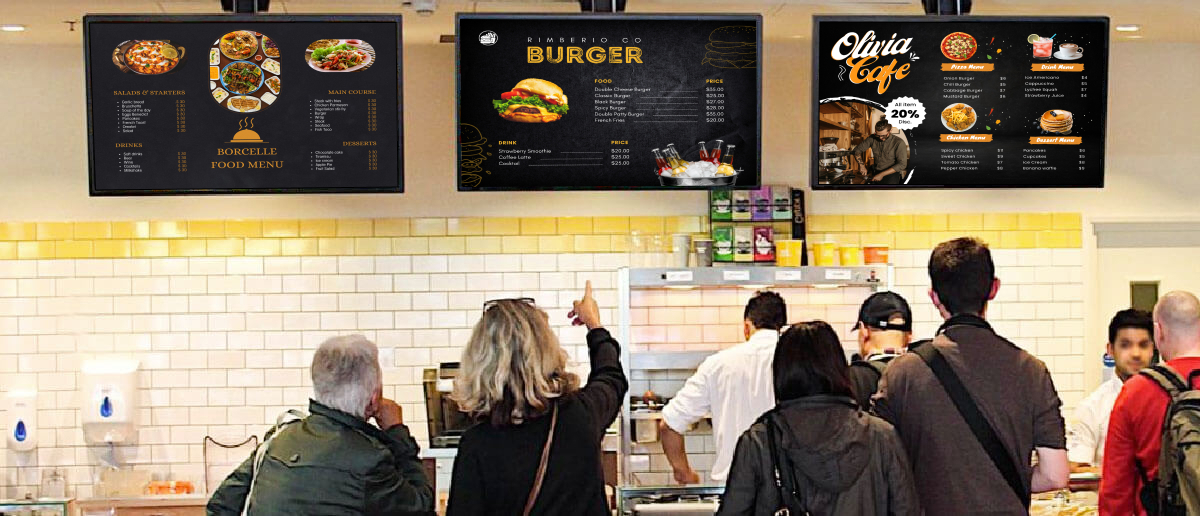
Digital menu boards, an increasingly familiar sight in the Food & Beverage industry, especially at Quick-Service Restaurants (QSRs), give a dynamic edge to items on offer, including promos and associated events, if any.
In this guide, I will cover everything you need to know about digital menu boards, right from choosing an efficient interface to designing an engaging menu board accessible to all!
Digital menu boards are digital variants of traditional chalk or paper menus. A digital menu board uses electronic displays such as LED or LCD flat screens or video walls to display the offerings of a restaurant or food shop.
Electronic menu boards provide a more dynamic and engaging customer experience. They have huge advantages over traditional static menu boards. For instance, digital menus reduce printing costs and paper wastage, errors are easy to rectify, and real-time updates like removing sold items from the menu can be done in a matter of seconds!
Besides, digital menu boards are incredibly appealing to customers due to the screens’ high resolution and brightness.
Off late, most restaurants & QSRs like Subway, Burger King, and Mcdonald’s have deployed digital menu boards to improve their customer experience.
Digital menu boards usually work by using media players and software. However, there are different ways a menu can be displayed on a screen.
First is the crudest way:
Load the menu on a USB drive in a soft-copy format.
Plug the USB into a TV screen or commercial monitor.
Play the menu.
It works just like presenting a slide on a screen. But there are many downsides to USB-mediated playback.
That’s why it is recommended to use digital menu board software to drive the content on the displays. There are all kinds of software:
it can be a standard digital signage software that allows both creating and publishing of menus, or
it can be an interactive menu software that facilitates self-ordering,
or it can have both features.
For instance, Pickcel is a digital signage software with a unique digital menu board app that allows creating of electronic menus and publishing them on screens. While digital menus improve the customer experience, restaurants also need efficient systems for handling the back-end operations, like order management and payments. This is why many businesses implement restaurant POS systems.
It also offers interactive touchscreen solutions that can be used for restaurant self-ordering.
Setting up a digital menu board involves various considerations, such as costs, industry-specific requirements, content management interface, etc. Here are some elements to consider while setting up your digital menu display.
Step 1: Determine the ROIs
Before setting up a digital menu board system, it is vital to determine the goals and expected ROIs. It, in turn, helps in deciding the size and placement of the displays and the type of content to be displayed.
For example, a restaurant that wants to promote its daily specials may opt for a smaller digital menu board near the entrance. In contrast, a fast food chain with multiple locations may require a more extensive network of menu boards controlled centrally through a cloud dashboard.
Step 2: Budgeting
Selecting the right digital displays, media players, and software compatible with business-specific needs is crucial. Along with that comes the cost considerations. For instance, entry-level menu board displays can cost around $300 to $1000 for sizes ranging from 32 to 55 inches.
However, if you are tech-savvy or have tech support, then Raspberry Pi can be a great cost-effective hardware to set up your digital menu boards. Its compact size and low power consumption make it an attractive option.
Step 3: Installing the hardware and software
Just like any digital signage system, the setup of a digital menu board includes:
Installing the digital displays & mounting them securely
Connecting the displays to the media players, if required
Pairing the devices with the digital menu board software or the signage content management system
And finally, testing the hardware and software to check the content rendering and an interface that runs it all.
While selecting the right software, businesses must look for features such as remote updating & troubleshooting and system integration with third-party software such as PoS & billing systems, inventory management system, etc.
Step 4: Content management
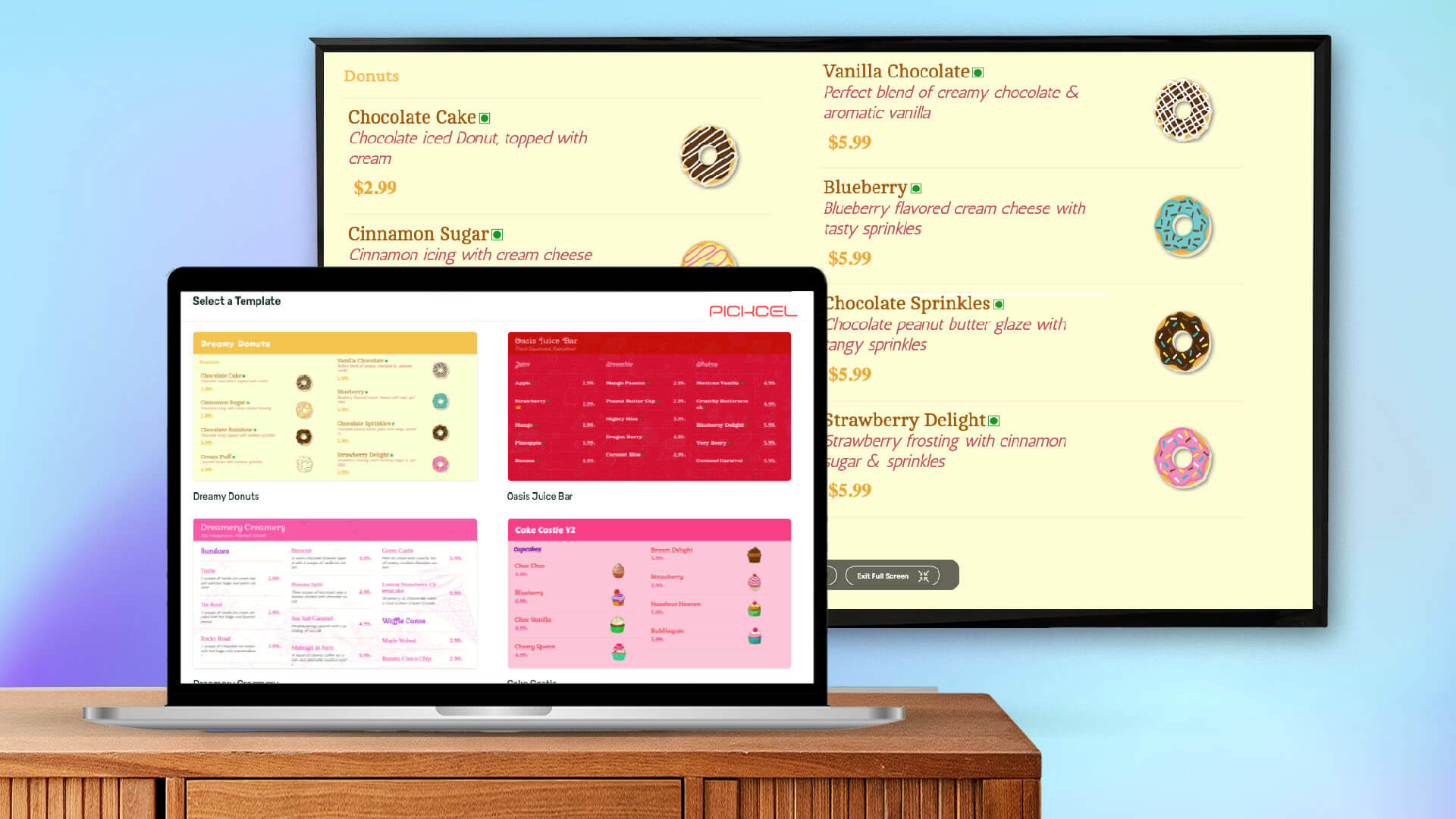
Once the digital menu board for your restaurant is all set to showcase the menus, offers & promos, you have to make optimal use of your content management system, aka digital signage software, aka digital menu board software.
This may include:
Creating a proper content strategy
Using the design tools to create menus
Scheduling & dayparting the menus on each screen
Using analytics tools to measure the effectiveness of the content
Some of the perks of incorporating digital menu boards into a restaurant business are as follows:
The most significant benefit of digital menu signs is their scalability and automation. Content can be updated and published across hundreds or even thousands of screens within minutes, regardless of their geographic location. Whether the screens are in different cities or countries, the process remains quick and efficient. This is especially beneficial for franchises and restaurant chains with multiple outlets, helping maintain consistency while enhancing the overall QSR experience.
Another advantage of digital menu boards is their ability to go in for frequent content refreshes. This allows you to A/B test different menus and update the latest changes such as Today’s special, Sold Out, flash sales, and more!
Electronic menu boards can up-sell high-margin items that may be overlooked on traditional menus. For example, a take-out place may use digital menu displays to promote premium menu items or add-ons with a higher profit margin alongside regularly purchased items. This can be done using visual stimulators such as food preparation videos & high-quality HD, ultra-HD, or 4K images.
Interactive digital menu boards can provide insights into customer behavior, such as popularly ordered items, average order value, most active time, and ordering trends. This can help restaurants make data-driven decisions about their menu and pricing strategies.
Build excitement around product launches & marketing campaigns using flash sales, gamified digital discounts, contests, countdown timers, etc., encouraging customers to make an immediate purchase.
Also read: Preparing your menu board for thanksgiving eve
API integrations can connect digital menu boards with other business tools & software systems, such as PoS software, self-ordering systems, and inventory management systems. Integrations allow quick data movement between the systems, creating intelligent restaurant ecosystems.
This could help:
deliver personalized recommendations
take logical and data-backed product & pricing decisions
assess marketing campaign success
reduce the burden of manual tasks & deploy resources efficiently
Signage technology has rapidly evolved in recent years, offering restaurants a range of opportunities to improve the customer experience, streamline operations, and increase sales.
Future trends may include more personalized and interactive features, such as Artificial Intelligence-powered recommendations based on customer preferences or augmented reality overlays that allow customers to see the food they are ordering in 3D. The future of a true gastronomical journey is here! Where are you at?!


Dec 19 2023
8 min read
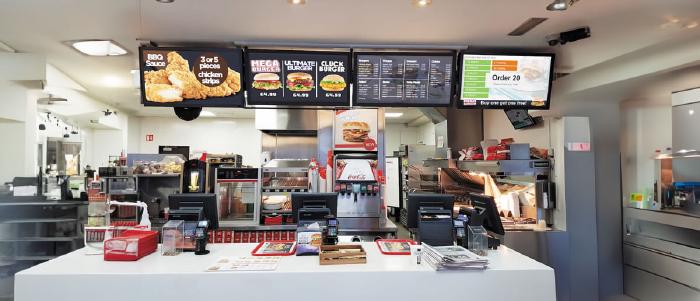
Nov 7 2023
6 min read
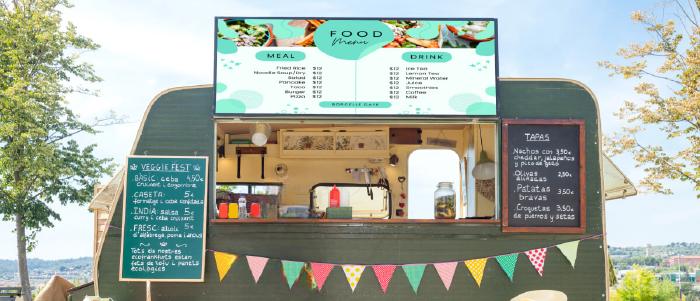
Jul 4 2023
11 min read
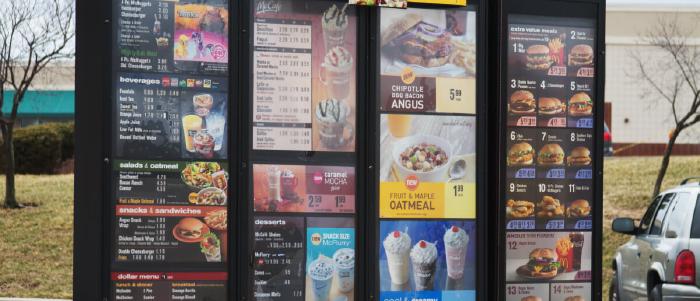
Jun 15 2023
6 min read
Take complete control of what you show on your digital signage & how you show it.
Start Free Trial Schedule My DemoWant a 46% Sales Boost? Learn How Second Cup Transformed Their Menu with Digital Signage
Unlock Exclusive Insights